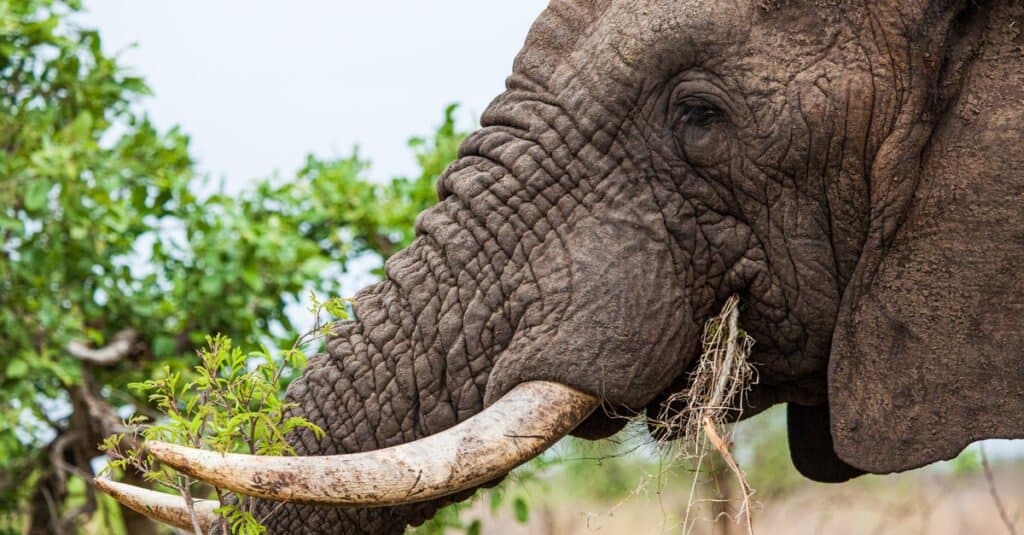When animals come up against a fence, some try to dig under it, and some may try to leap over it. Most will accept it as a barrier and turn around. Elephants, however, have a very different approach! This determined bull elephant can flatten this fence near his African habitat. Using precision movements of his tusks, he flattens the fence poles -taking the wires with them.
This move would be impressive enough with a standard fence, but it blows your mind when you discover it is electric! The video notes let us know that he successfully flattened the wall and stepped carefully over the live wires to get to where he wanted to go. We don’t know what will if this doesn’t prove how clever elephants are!
Watch the Action Now
Where Do African Elephants Normally Live?
African elephants can be divided into savannah elephants and forest elephants. Savannah elephants live in East, Central, and Southern Africa. Meanwhile, forest elephants live in the Congo Basin and West Africa.
Regarding habitat, elephants are known as generalists, meaning they can survive just about anywhere with enough food and water. In general, the savannah elephants are found in lowland and montane forests, floodplains, and in woodlands and savannas. Forest elephants are found in semi-deciduous rainforests.
To support elephant populations, a habitat must have plenty of food. Elephants have a diverse diet and are happy to consume more than 80 different species of plants. Their diet varies with season and by what is available in their living area. However, their diet is always high in cellulose because they have a specialized digestive system to cope with this tough material. Horses and rhinos have similar digestive systems, which consist of a lengthy small intestine and a slow digestive rate.
How Large Do Elephants Get?

Elephants are the largest land animals in the world.
©saha_avijan/iStock / Getty Images Plus via Getty Images
African elephants are the biggest land animals, with adult males weighing between 4,000 and 14,000 pounds. Females are smaller, weighing between 6,000 and 8,000 pounds. Their shoulder height ranges from about 9.8 to 13.1 feet.
The largest recorded elephant, an adult male African savanna elephant, weighed about 24,000 pounds and stood 13 feet tall at the shoulder! While most elephants aren’t that large, African elephants tend to be much bigger than Asian elephants.
Is This How Elephants Normally Behave?

Tusks serve as a tool to help elephants forage for food.
©iStock.com/Wayne Marinovich
Elephants have a home range extending up to 580 square miles, depending on the quantity and quality of food available. They are curious and intelligent creatures who live in groups called herds. An older female leads elephant herds, which consists of her offspring. The males leave the family group in their teens and often live solitary.
Tusks are one of their well-known physical characteristics. Elephants use their tusks to dig, strip bark from trees, lift things and defend themselves. They also come in very handy for knocking down electric fences!
The photo featured at the top of this post is © Volodymyr Burdiak/Shutterstock.com
Thank you for reading! Have some feedback for us? Contact the AZ Animals editorial team.






